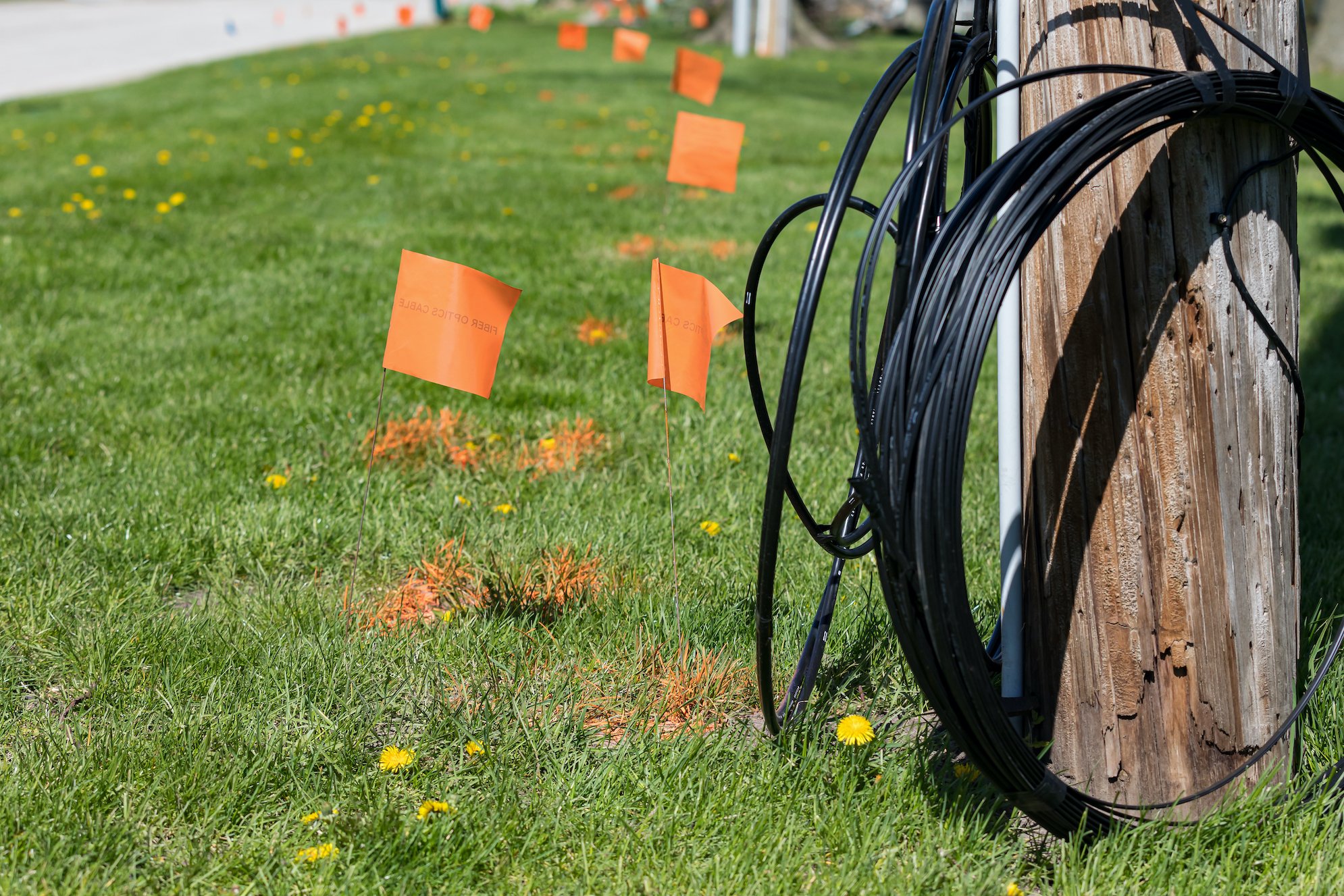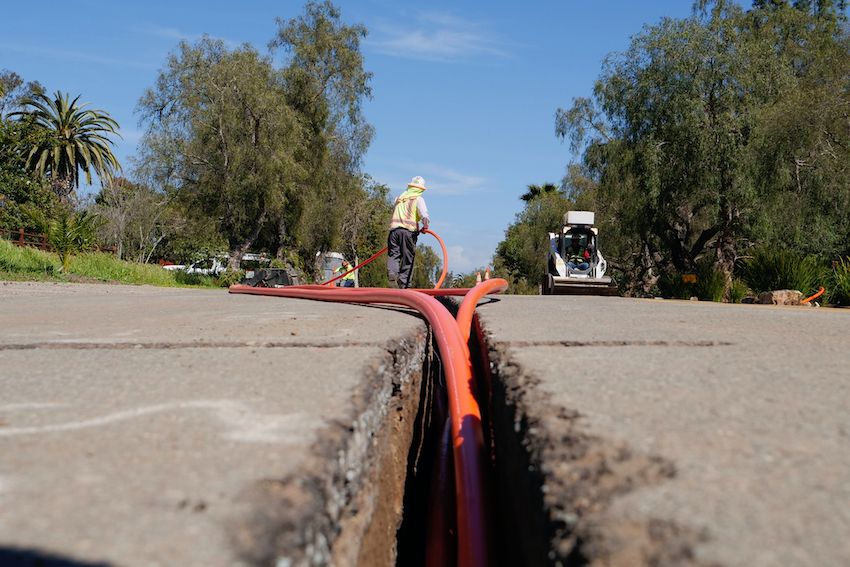Accidental fiber cuts have problematic consequences for telecom companies. In 2019, telecoms paid a median price of $600 million in direct facility repair costs and $18 billion in indirect costs, according to the Common Ground Alliance’s 2019 DIRT Report.
The latter should be particularly distressing to telecom companies. Excavation accidents that damage buried fiber optic cable and cause outages often result in outraged customer posts on social media and garner unfavorable media attention, both of which negatively impact brand reputation over time.
Check out: 5 Consequences of Fiber Cuts for Telecom Companies
Obviously, stopping fiber cuts from happening in the first place prevents these consequences. But that can be easier said than done when you have limited resources and a high 811 or one call ticket volume. For example, there were more than half a million tickets in Utah in 2020, according to Blue Stakes of Utah 811.
Furthermore, dispatching a locator for every 811 ticket doesn’t guarantee facilities won’t be damaged. Improper excavating practices or mislocates—whether due to human error or incorrect maps—are common.
What, then, is the solution? In the webinar “Reduce Outages Now: How Telecom and Cable Leaders are Preventing Fiber Damage,” Jemmie Wang, lead on the Common Ground Alliance task team responsible for writing the annual DIRT Report, advised telecoms to explore damage prevention software. “More locators, supervisors, or field examiners are sometimes needed, but don’t just throw more bodies at [damage prevention],” Wang said. “Look at predictive AI systems from a company like Urbint. Instead of faster horses, invest in cars and planes.”
Here, we explain how the damage prevention software Urbint Lens for Damage Prevention offers an alternative to responding to every 811 or one call ticket, a costly, time-consuming, and often ineffective practice.
Better protect buried fiber optic cable
Urbint Lens for Damage Prevention uses artificial intelligence (AI) to review all of a telecom company’s 811 or one call tickets to find the small percentage of projects where excavation accidents are most likely to occur or where the consequences of accidents would be the most severe (i.e., excavations near hubs or fiber bundles where damage could affect thousands of customers).
Urbint Lens for Damage Prevention makes its predictions by analyzing a telecom company’s internal facility data—including location, type, and historical incident data—as well as relevant real-world weather, environmental, community, and other data. It assigns risk levels to every 811 or one call ticket, so telecom damage prevention teams can first determine the appropriate response, and then prioritize intervention tasks.
For example, the software might regard an 811 ticket submitted by a rural homeowner for the installation of a basketball hoop as low risk to underground telecom facilities. A telecom company’s damage prevention experts can use this information to determine whether it’s even necessary to send a locator to mark facilities.
On the flip side, Urbint Lens for Damage Prevention might surface a one call ticket for sewer replacement near a fiber bundle as very high risk. With this information, damage prevention experts can determine the most appropriate actions, which could include working with locators to mark facilities, sending inspectors to verify the accuracy of marks, and dispatching advisors to meet with excavators to talk through possible challenges or even supervise digging.
Urbint Lens for Damage Prevention’s predictive AI adapts as a telecom company records new outcomes and as infrastructure, operations, and surrounding environments change. For example, 811 tickets associated with an excavating company that has improved their damage track record following on-site interventions would receive a lower risk level over time. This helps ensure a telecom company is receiving insights that accurately reflect what’s happening in the field.
The damage prevention software also uses leading indicators like construction activity to anticipate unreported excavations. This helps telecom damage prevention teams tackle the ever-present problem of no call excavations, which accounted for about 29 percent of all facility damages in 2019, according to the 2019 DIRT Report.
Case study: National Grid Reduces Damages by 22% in 1 Year
Cut costs, not fiber lines
Damages to telecom and cable TV facilities are on the rise, up 32 percent from 2018 to 2019, according to CGA data. But, this trend—as well as the practice of responding to every 811 or one call ticket—doesn’t need to continue. Urbint Lens for Damage Prevention allows telecom damage prevention teams to optimize cable protection costs by clearing low-risk tickets and intervening where risks and consequences are high.
Request a demonstration of Urbint Lens for Damage Prevention to learn more.

